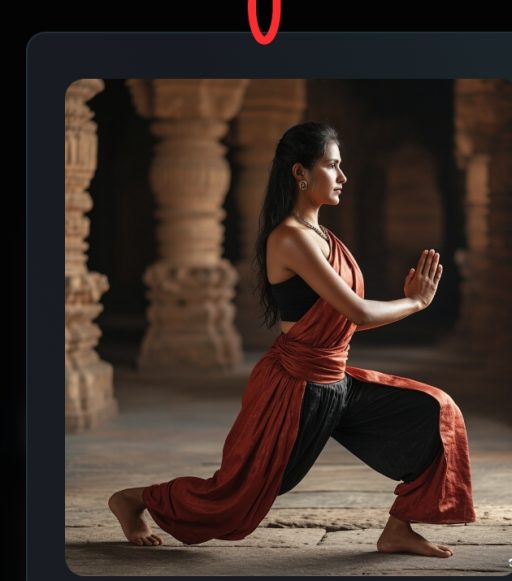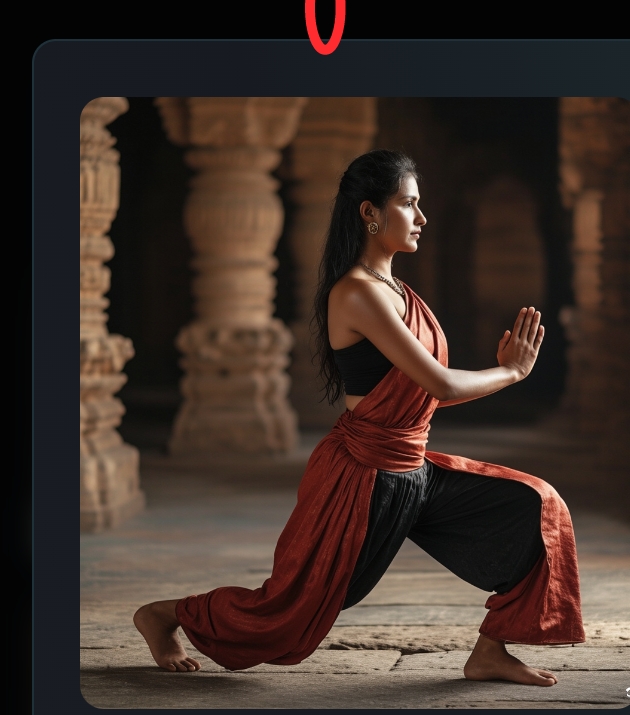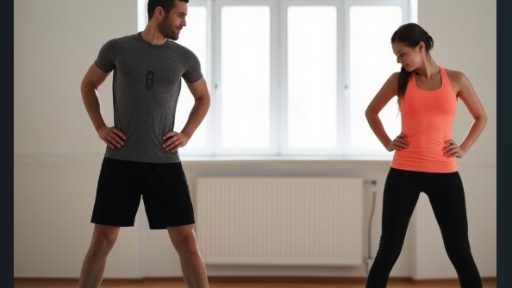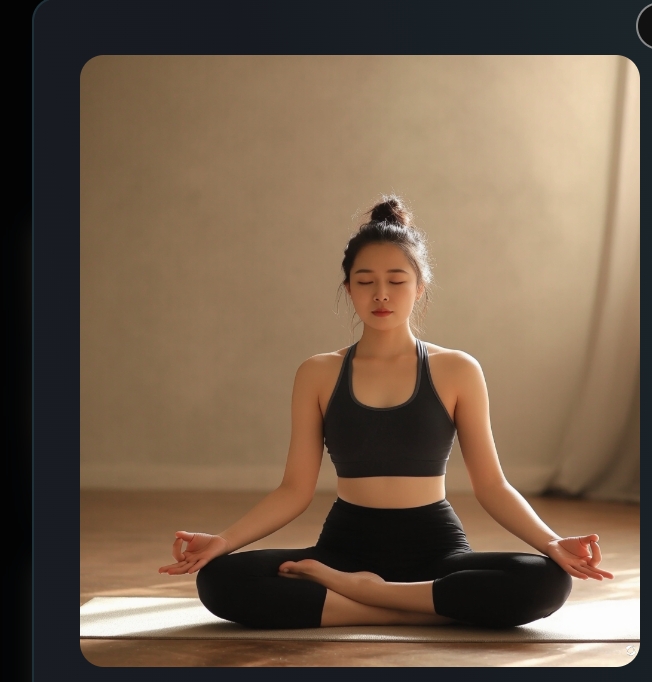
Yoga for Beginners: A Step-by-Step Guide
Yoga for Beginners: A Step-by-Step Guide
New to yoga? This beginner-friendly guide, titled ‘Yoga for Beginners: A Step-by-Step Guide,’ provides a step-by-step introduction to basic yoga poses, their benefits, and how to build a safe and effective practice. Start your yoga journey today with our comprehensive Yoga for Beginners: A Step-by-Step Guide!
Keywords: yoga for beginners, beginner yoga, yoga poses, yoga tutorial, yoga steps, yoga benefits, yoga for flexibility, yoga for strength, yoga for stress relief, yoga at home, easy yoga poses, yoga sequence, yoga workout, mindfulness, meditation, stretching
Introduction:
Yoga, an ancient practice originating in India, offers a holistic approach to physical and mental well-being. It combines physical postures (asanas), breathing techniques (pranayama), and meditation to promote flexibility, strength, balance, and stress reduction. While it might seem intimidating to newcomers, yoga is accessible to everyone, regardless of age, fitness level, or physical limitations. This beginner-friendly guide provides a step-by-step introduction to basic yoga poses, their benefits, and how to build a safe and effective practice.
In this Yoga for Beginners: A Step-by-Step Guide, you will discover essential tips and techniques to enhance your experience.
Part 1: Getting Started with Yoga
Before you begin your yoga journey, consider these essential steps:
- Find a Comfortable Space: Choose a quiet, clean space where you can comfortably move around without distractions. Ensure the area is well-ventilated and has enough room for you to stretch out.
- Wear Comfortable Clothing: Wear loose-fitting, comfortable clothing that allows for a full range of motion. Avoid restrictive clothing that might hinder your movements.
- Have a Yoga Mat: A yoga mat provides cushioning, grip, and stability, making your practice more comfortable and safe.
- Start Slowly: Begin with shorter sessions (15-20 minutes) and gradually increase the duration as your strength and flexibility improve. Listen to your body and don’t push yourself too hard, especially when starting.
- Focus on Your Breath: Pay close attention to your breath throughout your practice. Deep, conscious breathing is a fundamental aspect of yoga and helps to calm the mind and body.
- Consult a Doctor: If you have any pre-existing health conditions, consult your doctor before starting a yoga practice.
Part 2: Basic Yoga Poses for Beginners
This section introduces some fundamental yoga poses suitable for beginners. Remember to listen to your body and modify poses as needed. Don’t force yourself into any position that causes pain.
1. Mountain Pose (Tadasana):
- How to: Stand with your feet hip-width apart, grounding yourself through your feet. Lengthen your spine, relax your shoulders, and gently lift your chin. Engage your core muscles. Close your eyes and focus on your breath.
- Benefits: Improves posture, strengthens core muscles, promotes grounding and stability.
As you learn these poses in this Yoga for Beginners: A Step-by-Step Guide, focus on your breath.
2. Downward-Facing Dog (Adho Mukha Svanasana):
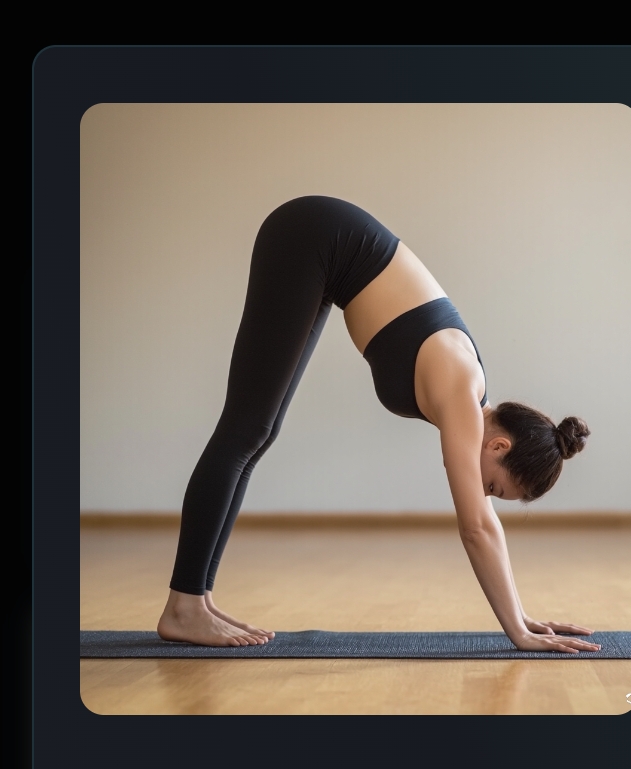
- How to: Start on your hands and knees. Tuck your toes and lift your hips up and back, forming an inverted V-shape. Keep your hands shoulder-width apart and your feet hip-width apart. Lengthen your spine and relax your neck.
- Benefits: Stretches the hamstrings, calves, shoulders, and spine; strengthens arms and legs; improves circulation.
As we delve deeper into this Yoga for Beginners: A Step-by-Step Guide, remember that every practitioner is unique.
This Yoga for Beginners: A Step-by-Step Guide is designed to empower you on your journey.
3. Child’s Pose (Balasana):

- How to: Kneel on your mat with your knees wider than hip-width apart and your big toes touching. Sit back on your heels (as best as you can) and fold forward, resting your forehead on the mat. Extend your arms forward.
- Benefits: Gentle stretch for the hips, thighs, and ankles; calming and restorative pose.
4. Warrior II (Virabhadrasana II):
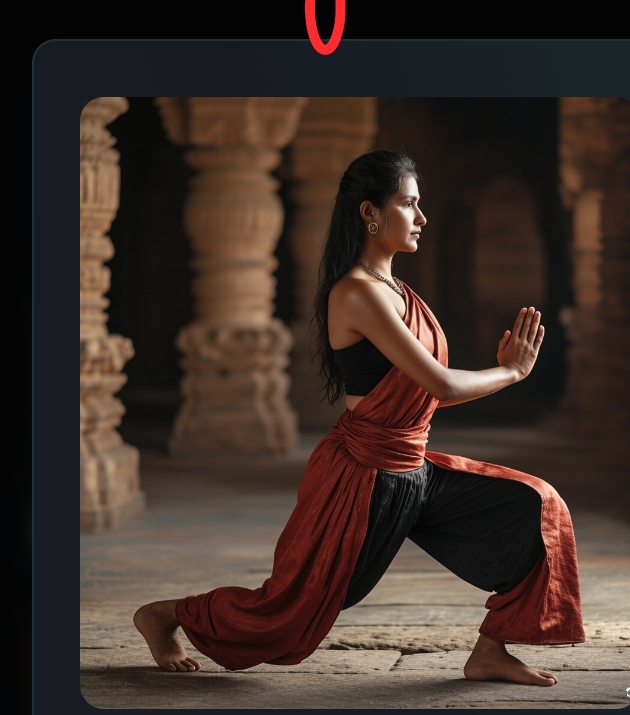
- How to: Stand with your feet wide apart. Turn your right foot out 90 degrees and your left foot slightly inward. Bend your right knee over your ankle, keeping your knee aligned with your ankle. Extend your arms parallel to the floor, gazing over your right hand.
- Benefits: Strengthens legs and ankles; improves balance and stability; opens hips and chest.
5. Triangle Pose (Trikonasana):
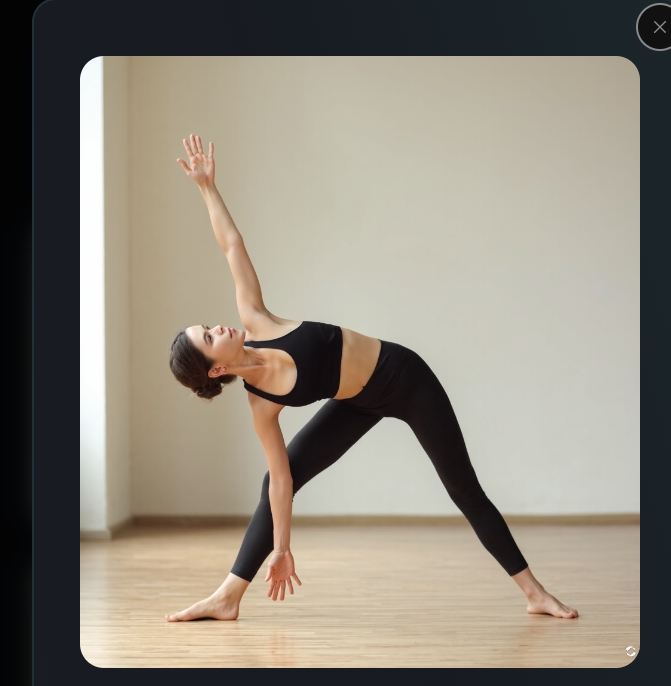
- How to: Stand with your feet wide apart. Turn your right foot out 90 degrees and your left foot slightly inward. Extend your arms to the sides. Bend at your hips, reaching your right hand towards your right foot (or shin) and extending your left arm towards the ceiling.
- Benefits: Stretches hamstrings, hips, and groin; improves balance and stability; strengthens legs.
6. Tree Pose (Vrksasana):
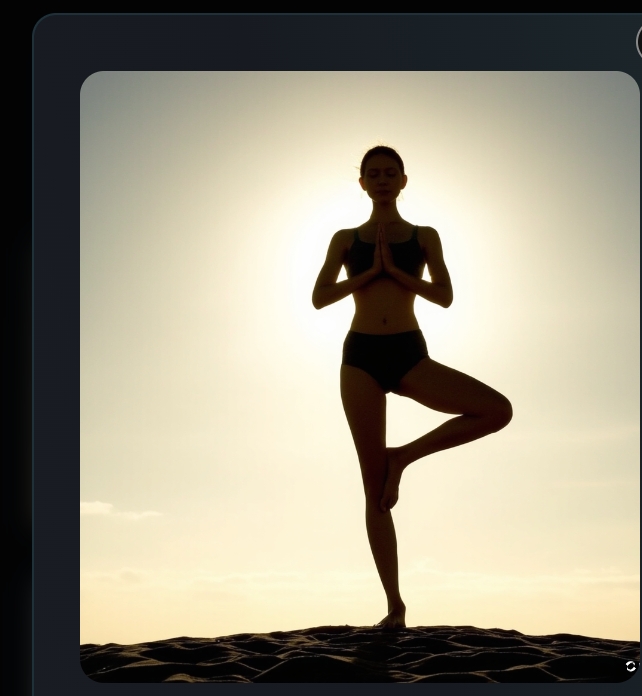
- How to: Stand with your feet together. Bend your right knee and place the sole of your right foot on your inner left thigh. Bring your hands to your heart center or extend them overhead. Focus on your breath and maintain balance.
- Benefits: Improves balance and stability; strengthens legs and core; promotes focus and concentration.
7. Cobra Pose (Bhujangasana):
- How to: Lie on your stomach with your hands under your shoulders. Press into your hands and lift your chest off the floor, keeping your shoulders relaxed and your lower body grounded.
- Benefits: Stretches chest, shoulders, and abdomen; strengthens back muscles; improves posture.
Part 3: Building a Yoga Practice
To build a consistent and effective yoga practice, consider these tips:
- Start with a Short Sequence: Begin with a short sequence of 5-10 poses, gradually adding more poses as you gain strength and flexibility.
- Focus on Proper Alignment: Pay attention to proper alignment to avoid injuries and maximize the benefits of each pose. Consider taking a beginner’s yoga class to learn proper alignment techniques.
- Listen to Your Body: Never push yourself beyond your limits. Rest when you need to and modify poses as necessary.
- Be Patient and Consistent: Progress takes time. Be patient with yourself and maintain a consistent practice to see improvements in your flexibility, strength, and overall well-being.
- Incorporate Mindfulness and Meditation: Incorporate mindfulness and meditation practices into your yoga routine to enhance the mental benefits of yoga.
Part 4: Benefits of a Regular Yoga Practice
Regular yoga practice offers a wide range of physical and mental health benefits:
- Increased Flexibility: Yoga stretches and lengthens muscles, improving flexibility and range of motion.
- Improved Strength: Many yoga poses require strength and endurance, building muscle strength and stability.
- Better Balance: Yoga poses challenge your balance, improving coordination and stability.
- Stress Reduction: Yoga’s emphasis on breathwork and mindfulness helps to reduce stress and anxiety.
- Improved Mood: Yoga can boost mood and reduce symptoms of depression and anxiety.
- Better Sleep: Regular yoga practice can improve sleep quality.
- Increased Self-Awareness: Yoga encourages self-awareness and body awareness.
Conclusion:
Yoga is a powerful tool for improving physical and mental well-being. This beginner-friendly guide provides a foundation for starting your yoga journey. Remember to start slowly, listen to your body, and be patient with yourself. With consistent practice, you’ll experience the numerous benefits of yoga and embark on a path towards a healthier, happier, and more balanced life. Consider exploring online resources, yoga apps, or local studios for further guidance and support.
This Yoga for Beginners: A Step-by-Step Guide will help you find balance and peace.
Incorporate mindfulness into your routine with this Yoga for Beginners: A Step-by-Step Guide.
By following this Yoga for Beginners: A Step-by-Step Guide, you’ll embrace a healthier lifestyle.
Explore the benefits of yoga in this Yoga for Beginners: A Step-by-Step Guide.
To recap, this Yoga for Beginners: A Step-by-Step Guide highlights essential steps for your practice.
Embrace the journey with this Yoga for Beginners: A Step-by-Step Guide and reap the rewards of your practice.
